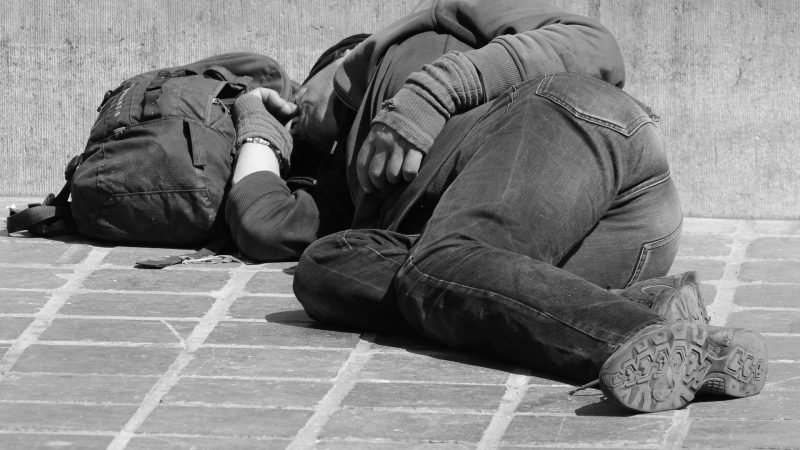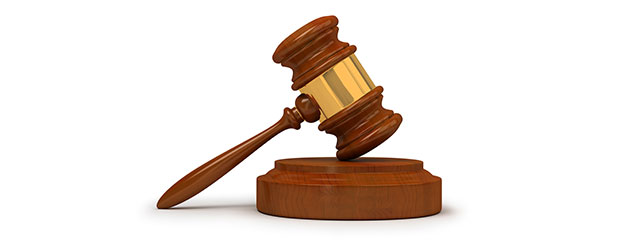At the Homeless Voice, we don’t want you to become homeless. We also want your housing cost such as mortgages to be as less as they can. If you save energy all year long it can amount to you paying an extra mortgage payment per year. When you do this you can save a ton of money on interest and shorten the length of your loan time. For instance, if you have a 30-year loan and you make a principal payment of about $1500 each year your 30 year loan just went to 20 years. Save money on your electric bill and pay it to your mortgage each year. You can do it. Yes, you can.
Here are some tips from FPL website.
What to do to save energy when no one is home varies on a lot of factors. For example, the time of year, location, size and type of home, length of time away from your home, etc…
During the warm weather, we recommend you set your home’s cooling system to 78 degrees Fahrenheit when you are home. If you will be out of the house for four or more hours, consider raising the setting to 82 degrees.
When it’s cooler and you need to heat your home, you can save energy and keep your costs in check by keeping your thermostat at 68 degrees Fahrenheit while you are at home and lower it to 65 degrees when you leave your house.
Going away on vacation?
Keep in mind that the best temperature setting varies from person to person, home to home, and A/C unit to A/C unit, but whatever your comfortable temperature is, remember this rule of thumb: “By simply setting the thermostat up 1 degree higher than normal while you’re away during the warmer months can save you up to 5% of your cooling cost”. Here are tips on a few different scenarios:
Away for a few days – If you’re only going to be gone for a short time, just a day or two, it’s better to keep the air conditioner on, but raise the thermostat to 82 degrees or higher so you’re using less energy. Cooling an empty house to the temperature you’d be comfortable at while home can be wasteful and unnecessary. By closing the curtains before leaving the house will block the afternoon sun and help keep the home cooler.
Away for a week or more – For longer vacations when no one will be using your home for a week or more at a time, set the temperature to 82 degrees or higher while away. For ultimate convenience and control, consider installing a smart thermostat, and preferably one you can adjust from your smart phone. This way, you’ll be able to monitor and control your home’s largest energy user right from your phone – wherever you are and you can begin to cool your home before your return. Learn more about smart thermostats and the benefits they can provide by visiting our recent smart thermostat blog.
Away for the season – If you are a seasonal resident and will be away from your home for several months, first consider what type of thermostat you have because the perfect setting varies depending on thermostat type you own.
For manual thermostats, the perfect setting is about 77 degrees if you live in a condo 1,2 and 80 degrees if you live in a house. This setting will prevent mold growth in your home without making your energy bill go way up.
For programmable thermostats, consider setting it to 72 for two hours each morning prior to sunrise and then 82 the rest of the day. This will help prevent mold growth when the air is cooler and humidity is highest.
Humidity control – Set the controls of your humidistats and/or dehumidifiers to 58 percent relative humidity (RH) to maintain acceptable humidity, since some humidistat sensors are inaccurate by as many as 10 percentage points
For maximum energy savings – Use portable dehumidifiers instead of air conditioning. Set dehumidifiers at 58 percent by sinks and showers, one for every 1,000 square feet. Be sure to place the dehumidifiers so the water runs into the drain.
Other steps to save energy when away from your home on vacation:
Refrigerator – If you are going to be away from your home for months at a time, you may want to consider turning off the circuit breakers for the refrigerator, and ensure that the fridge is clean and the door is left open.
Pool pump – If you have a pool, your pool pump can be the second biggest energy user. You can reduce your pool pump’s run time while you are away to save energy. We suggest you run your pool pump four hours per day in the winter, and six hours per day in the summer. If you have a variable-speed pool pump be sure to talk to a certified or registered pool contractor on how to set it while you are away. Also, by lowering the temperature setting of your pool or hot tub you will reduce filter run times.
Water heater – A traditional, tank-style electric water heater keeps your water hot day and night so it’s available when you need it. If you’re not going to be home, you’ll save energy by turning it off. See how to look for your tank’s on/off switch. If you’re going to be away for an extended period and don’t have an on/off switch, you may want to turn off the circuit breaker to the hot water heater. Keep in mind that you may need a few hours to heat the tank when you return. For a natural gas water heater: Turn it down to “low” or to “vacation mode.”
Lighting – Can be the fourth largest energy user for homeowners. But many of you are already taking steps to reduce the cost of lighting your home by swapping out older bulbs for more energy-efficient LEDs. Also, don’t forget to turn off your lights when you leave for vacation and consider using automatic timers.
Electronics – When leaving on vacation, unplug all electronics, and turn off cable or satellite boxes until you return to ensure that you efficiently are not paying for energy you aren’t using.
Did you know some appliances use energy even when they are off?
We suggest turning off or even unplugging appliances and other items that use energy even when they’re in off- or idle-mode. Look for items that have always-on digital clocks or other displays, these can be energy stealers. Below is a list of some of the best appliances to turn off or unplug while you’re away:
Home entertainment equipment, including video game consoles, set-top boxes (DVRs), and other TV-related devices – Just two of these boxes can equal the energy use of a refrigerator, and that can cause your bill to increase. So, unplugging these items could lead to a savings of a few dollars a month.
Desktop computers, monitors, and other computer equipment – This includes those pesky charging devices. Many of us have multiple devices – phone, tablet, laptop – and even multiple people using them. Did you know that the average cost of charging these devices is coming in at about $15/year? It’s definitely worth unplugging the chargers when you’re not home.
Home stereo equipment, like AV receivers, stereos, and speakers – Left plugged in or turned on when not is use can add a few extra dollars to your bill. If connected to power strips, they can be easily be switched off and then back on.
Electronic kitchen appliances such as coffee makers, microwaves, or small refrigerators – Some devices, like toasters or stand mixers, don’t draw any energy unless they’re being used, so there’s really no need to unplug them.
Miscellaneous devices, alarm clocks and nightlights draw relatively little power (just a couple watts), so although it’s still beneficial to unplug or turn them off if possible, they may not be high-priority devices. With that said, every penny counts!
Technologies that can automatically turn off your electronics
For many customers, it’s also worth considering options that can automatically turn off electronics whenever they aren’t being used (not just when you leave for vacation). The two most prominent options for doing this include using advanced power strips or smart plugs:
Smart plug is an outlet that can be controlled by a mobile app and lets you turn on and off any appliance that plugs into a standard wall socket.
Advanced power strip also known as APS look just like ordinary power strips, except that they have built-in features that are designed to reduce the amount of energy used by many consumer electronics and present one option to address unnecessary power draw.
Lastly, safety and security – while saving on your monthly energy bill is important, safety and security are even more important. Be sure to give your home that lived-in look while you’re away by using programmable timers that allow you to manage which lights to turn on, when and for how long while you’re away from home.
We’re always working to keep your energy bills low, and helping you find ways to make your bill lower. When you get back from your vacation, take our Online Home Energy Survey to get a free personalized recommendation for managing your energy usage.


